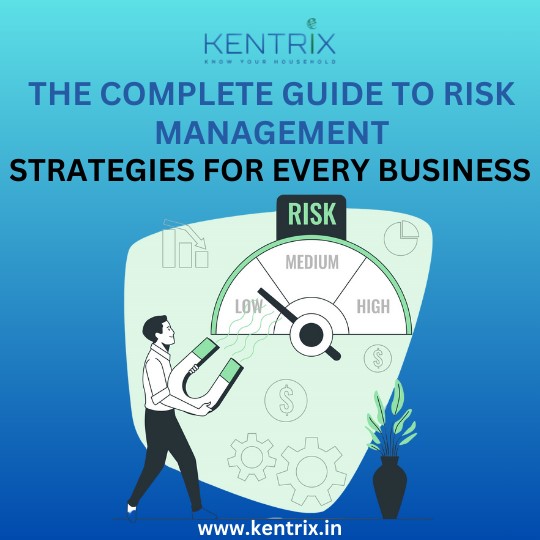In an unpredictable world, effective risk management is no longer optional; it’s a strategic imperative. Businesses across industries face numerous risks, ranging from financial uncertainties to operational disruptions. The ability to anticipate, assess, and mitigate these risks determines an organization’s resilience and success. This comprehensive guide explores the fundamentals of risk management, proven strategies, and how tools like those from Kentrix can empower businesses to navigate challenges effectively.
What is Risk Management?
Risk management is the process of identifying, evaluating, and mitigating potential risks that could impact a business. These risks can stem from various sources, such as market volatility, regulatory changes, cyber threats, or natural disasters. A robust risk management framework helps businesses minimize losses, protect assets, and ensure continuity.
Why Risk Management Matters for Every Business
1. Minimizes Financial Losses:
Effective risk management reduces the likelihood of financial setbacks caused by unforeseen events.
2. Ensures Business Continuity:
A proactive approach ensures that businesses can operate seamlessly during disruptions.
3. Builds Stakeholder Confidence:
Demonstrating strong risk management practices fosters trust among investors, customers, and partners.
4. Compliance with Regulations:
Many industries have mandatory risk management requirements to ensure legal and ethical operations.
5. Enhances Decision-Making:
Understanding risks enables informed decision-making and strategic planning.
Types of Risks Businesses Face
1. Strategic Risks
Strategic risks arise from poor decision-making or external changes, such as evolving market trends or new competitors.
2. Operational Risks
Operational risks result from internal processes, people, or systems, such as supply chain disruptions or IT failures.
3. Financial Risks
These include risks related to cash flow, investments, currency fluctuations, or credit defaults.
4. Compliance Risks
Compliance risks involve failing to adhere to industry regulations or legal requirements, leading to fines or reputational damage.
5. Reputational Risks
Damage to a company’s reputation can lead to loss of customers, decreased revenue, and long-term brand erosion.
The Risk Management Process
An effective risk management strategy involves the following steps:
Step 1: Risk Identification
Identify all potential risks that could impact your business. This includes internal and external risks across all departments.
Step 2: Risk Assessment
Evaluate the likelihood and potential impact of each risk. Prioritize risks based on their severity.
Step 3: Risk Mitigation
Develop strategies to prevent or minimize the impact of identified risks. This may include implementing policies, diversifying suppliers, or enhancing cybersecurity measures.
Step 4: Monitoring and Review
Continuously monitor risks and update strategies as new threats emerge or business conditions change.
Proven Strategies for Effective Risk Management
1. Develop a Risk Management Culture
Embed risk awareness into your company’s culture by training employees, encouraging transparency, and establishing clear communication channels.
2. Leverage Technology and Data
Advanced tools and analytics can provide insights into potential risks, enabling businesses to take preventive actions.
3. Diversify Operations
Avoid over-reliance on a single market, supplier, or product line to reduce exposure to specific risks.
4. Build Strong Partnerships
Collaborating with reliable partners and vendors can mitigate risks in areas like supply chain management and compliance.
5. Regularly Review Policies
Review and update risk management policies regularly to align with evolving risks and
business objectives.
How Kentrix Tools Support Risk Management
Kentrix offers cutting-edge tools designed to help businesses identify, assess, and mitigate risks effectively.
1. Segura
Features: Segura provides enriched consumer profiles, offering insights into income levels, expenditures, and preferences.
Benefits:
Reduces financial risks by enabling businesses to align offerings with customer affordability.
Identifies high-risk customer segments prone to default or churn.
Use Case: Financial institutions can use Karma to assess creditworthiness and reduce default risks.
2. Geomarketeer
Features: A micro-market intelligence tool that analyzes location-based data.
Benefits:
Helps businesses mitigate operational risks by optimizing site selection for stores or warehouses.
Identifies risk-prone locations (e.g., areas susceptible to natural disasters).
Use Case: A logistics company can use Geomarketeer to avoid high-risk routes and ensure timely deliveries.
3. Persona 360
Features: Combines demographic, behavioral, and lifestyle data for precise customer segmentation.
Benefits:
Enhances risk assessment in marketing campaigns by targeting low-risk, high-conversion segments.
Mitigates reputational risks by delivering relevant and personalized messages.
Use Case: A healthcare provider can use Persona 360 to ensure marketing campaigns comply with privacy standards and resonate with target audiences.
Implementing Kentrix Tools for a Comprehensive Risk Management Framework
1. Identify Risks
Use Segura and Persona 360 to analyze market trends and consumer behavior, identifying potential risks in demand or reputation.
2. Assess and Prioritize Risks
Utilize Segura to evaluate the financial health and risk levels of different customer segments, prioritizing mitigation efforts.
3. Mitigate Risks with Location Intelligence
Employ Geomarketeer to make data-driven decisions about store locations, supply chain planning, and market expansions.
4. Monitor and Adapt
Continuously update risk profiles using Kentrix’s tools, ensuring real-time responses to emerging threats.
The Role of Data-Driven Decision-Making in Risk Management
Incorporating data-driven tools like those from Kentrix enhances the accuracy and efficiency of risk management strategies. Businesses gain:
Predictive Insights: Anticipate future risks based on historical and real-time data.
Proactive Strategies: Address potential threats before they escalate.
Holistic Viewpoints: Understand risks across multiple dimensions, including financial, operational, and reputational.
Also Read : How Customer Segmentation Tools Improve Marketing Efficiency
Conclusion
Risk management is not just a protective measure; it’s a strategic enabler that empowers businesses to navigate uncertainties with confidence. By adopting a structured approach and leveraging advanced tools like those offered by Kentrix, businesses can build resilience, protect assets, and seize opportunities even in challenging environments.
Remember, in today’s volatile world, the question isn’t whether risks will arise, but how prepared your business is to handle them. Start implementing effective risk management strategies today to safeguard your future.
For more insights and tools, visit Kentrix.



